B-2 Flies Mock Strike Mission From Iceland To Alaska
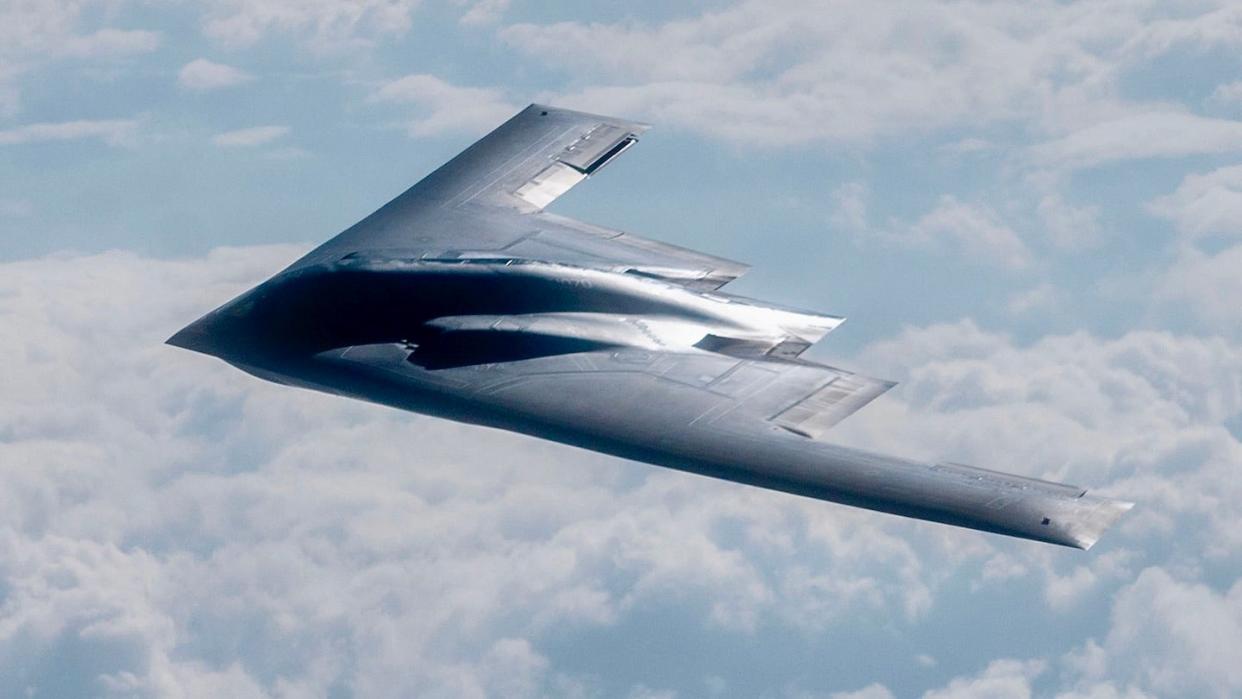
A U.S. Air Force B-2 Spirit stealth bomber, forward deployed to Iceland, recently flew from that country to take part in an air exercise ongoing in and around Alaska. The mission underscores the importance of distributed and extremely long-range capabilities to the service and particularly bomber operations over the increasingly strategic Arctic region.
The Department of Defense recently released images of the B-2 in question flying on August 15 during Exercise Red Flag-Alaska (RF-A) 23-3. The exercise began on August 14, and is set to conclude on August 25, with the aim of strengthening international cooperation and combat readiness through intensive and realistic air combat training. Red Flag Alaska is an outgrowth of the original Red Flag exercises that have been occurring for decades out of Nellis AFB in Nevada.
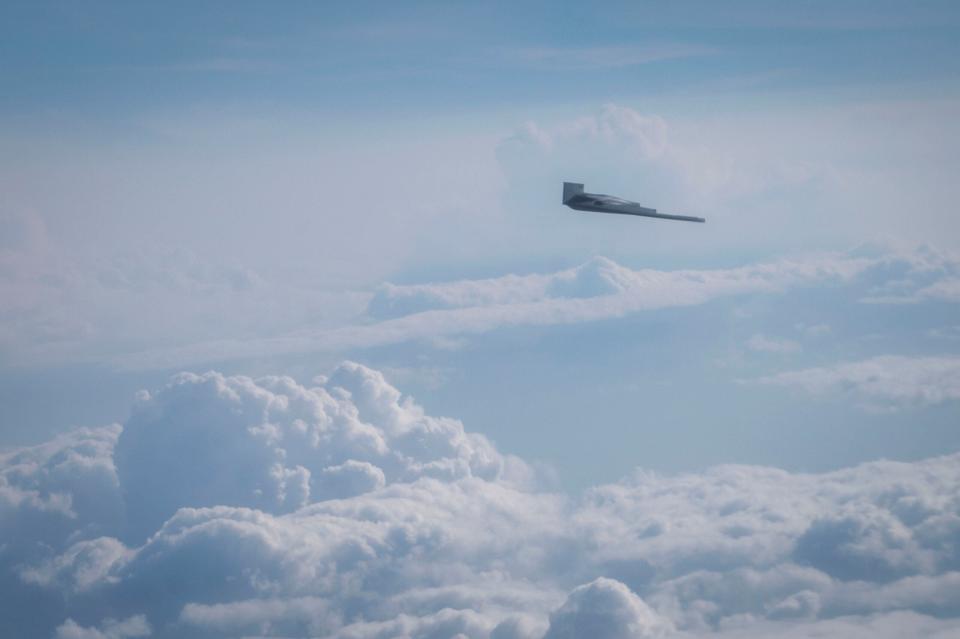
RF-A 23-3 is being performed from Joint Base Elmendorf–Richardson, which is in Anchorage in southeastern Alaska, as well as Eielson Air Force Base, in eastern Alaska. 80 U.S. aircraft are involved, supported by 2,000 U.S. service members from 20 units. Aircraft from Australia, the U.K., Japan, New Zealand, and other countries are also participating.
The B-2 was pictured over the sprawling expanse of the massive Joint Pacific-Alaska Range Complex (JPARC), where RF-A 23-3 exercises are taking place. The JPARC can provide more than 77,000 square miles of airspace, including various ground targets and bombing ranges. Overall it offers unprecedented over-land air combat training opportunities.
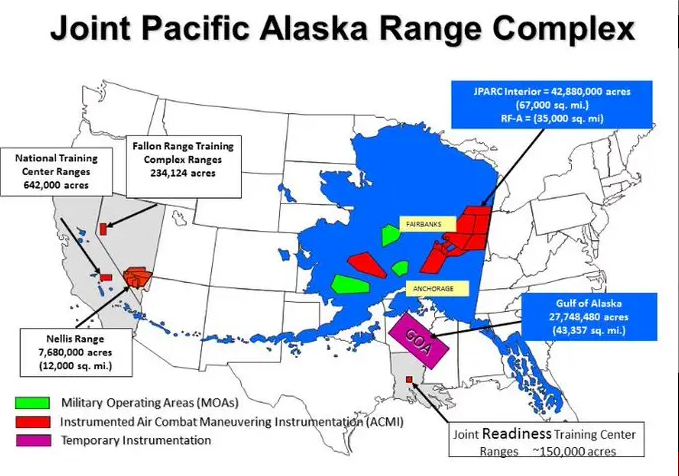
During its journey from Iceland, the B-2, callsign CRAG11, flew far north, deep into the Arctic Circle. Data obtained by the open-source intelligence tracker thenewarea51 highlights how the bomber flew 83 degrees north, extremely close to the North Pole. We’ve reached out to USAFE-AFAFRICA for more detail on this.
https://twitter.com/thenewarea51/status/1691558248959140343
Although the Air Force has not specified exactly how the B-2 may have been integrated into ongoing exercises at RF-A 23-3, the images released show that the bomber rendezvoused KC-46A Pegasus tanker assigned to the 133rd Aerial Refueling Squadron, Pease Air Force Base, New Hampshire, for refueling on August 15.
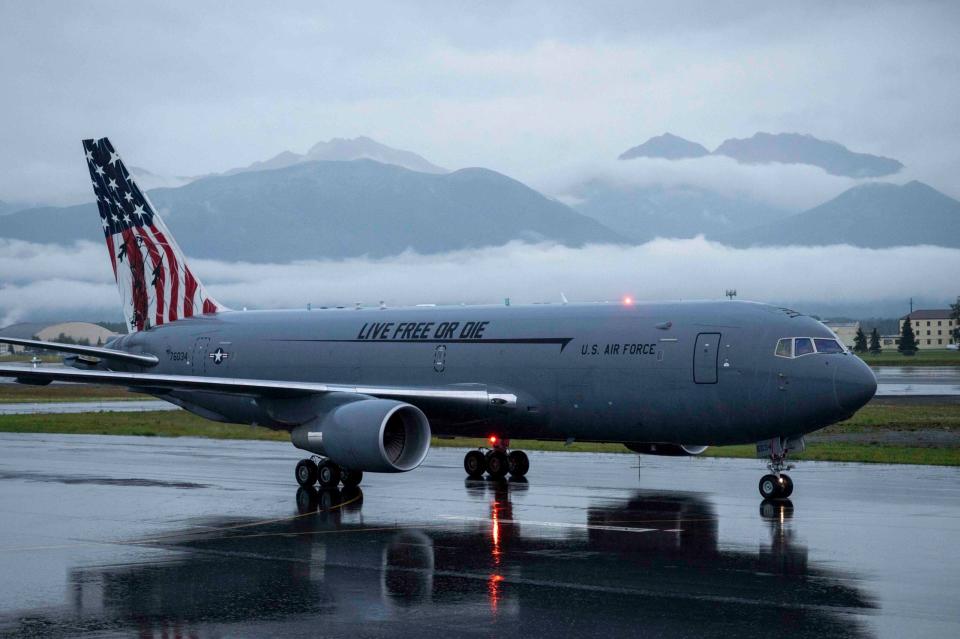
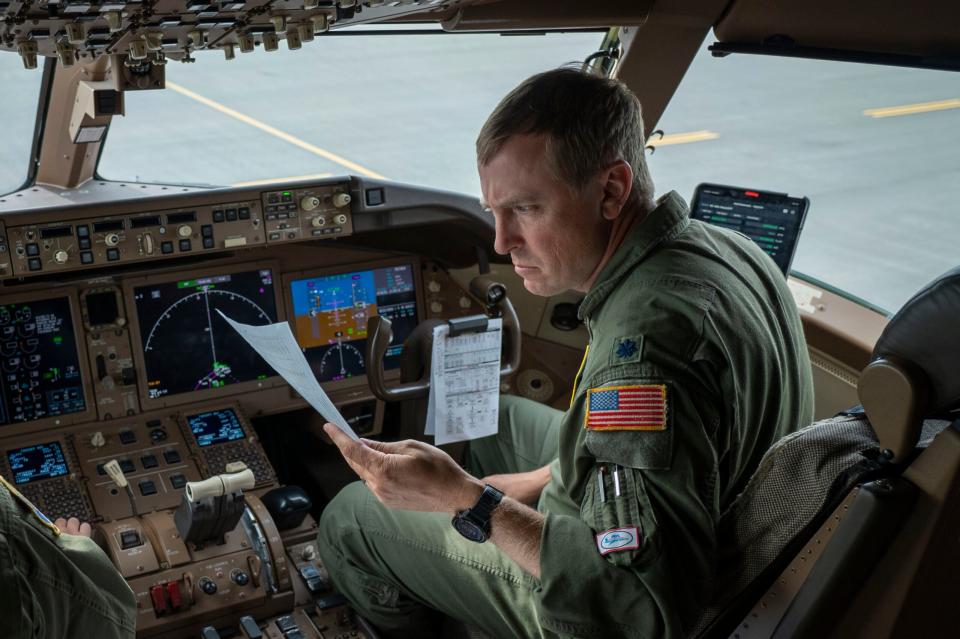
We also know that CRAG11 was one of three from the 509th Bomb Wing at Whiteman Air Force Base, Missouri, which landed at Keflavik in Iceland on August 13 as part of a Bomber Task Force (BTF) deployment. The planned duration of the rotation has not been disclosed by the service, although BTF deployments typically last around two to six weeks. The B-2s will exercise with U.S. Air Forces in Europe (USAFE) and NATO units in the region.
BTF rotations are designed to project the Air Force's heaviest-hitting airpower forward and validate their strike capability and readiness. It is also a key foreign policy tool to assure regional allies and strengthen interoperability with them, while also putting potential foes on notice of what capability sits at the ready in the region.
BTFs began integrating elements of Agile Combat Employment (ACE) concept into their rotations in recent years, as well. The B-2s have also expanded their once very limited number of operational locations, which for decades was just a few specially-equipped bases. The bombers have since sortied out of Wake Island, Hawaii, the Azores, and Australia.
The deployment to Iceland comes shortly after the resumption of B-2 flying operations in May. In December 2022, the entire B-2 fleet was effectively grounded following an accident involving one of the bombers.
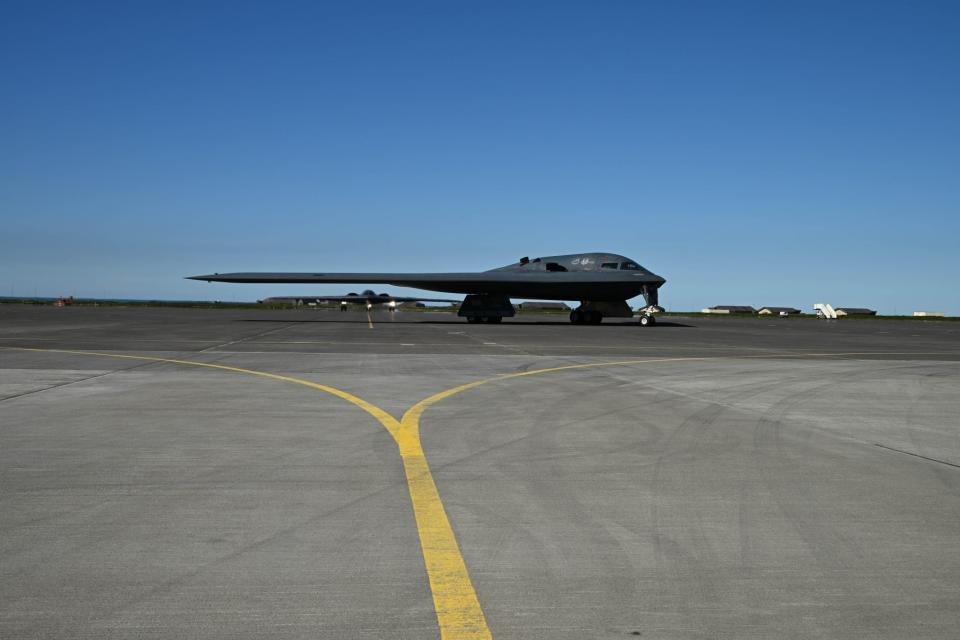
Several of the forward deployed B-2s have since moved on from Iceland, even if temporarily. On August 17, two of those aircraft, CRAG21 and CRAG22, arrived at RAF Fairford in Gloucestershire, U.K. to continue the BTF rotation. Fairford is one of the original handful of bases that could support B-2s and is the historic hub of BTF deployments to Europe.
https://twitter.com/thenewarea51/status/1692406087314530343?s=20 https://twitter.com/MaryBeth1BR/status/1692291674653761691?s=20
The B-2's presence in Iceland close to the Arctic region highlights the Air Force’s desire to demonstrate its bombers’ rapid, long-range deployability to disparate locations with differing climates. This is something the service has been working on for some time. It will likely be a key part of future operations for the B-21 Raider — the B-2's replacement, as well.
It’s only in recent years that B-2s have been forward deployed to Iceland, though. Back in 2019, the aircraft made its first-ever visit to the country, where it flew out of Keflavik. That deployment came amid efforts to increase the number of operating locations in the region for U.S. bombers. More recently in September 2021, three B-2s, with more than 200 support personnel, operated from Keflavik for nearly three weeks.
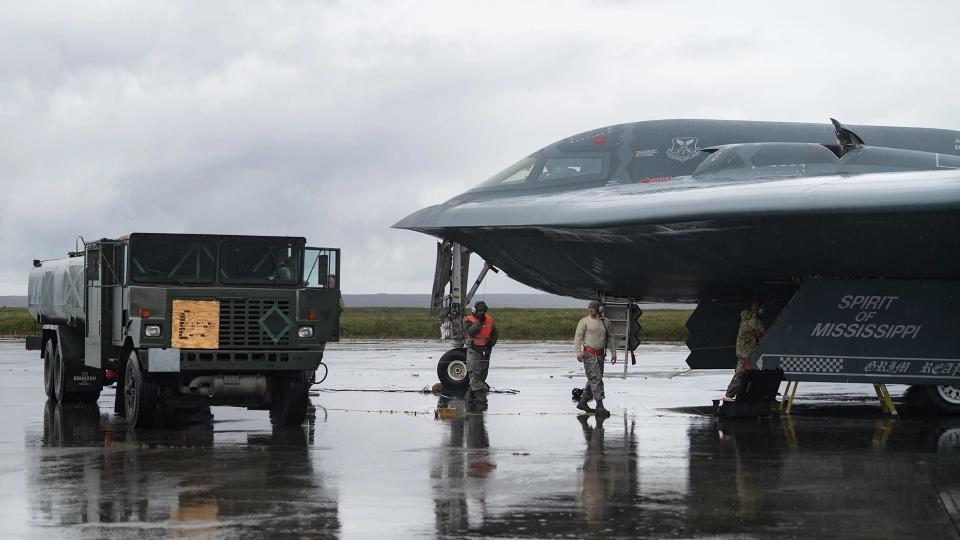
As we’ve noted in the past, the U.S. military presence at Keflavik dwindled after the end of the Cold War. In 2006, the U.S. Navy formally shuttered Naval Air Station Keflavik, which also served as a forward deployment location for U.S. Air Force contingents. In more recent years, there's been a growing push to increase the service's military presence there due to Iceland's highly strategic position in the North Atlantic Ocean. Efforts have been made to expand Keflavik's runways and modernize its hangars and other facilities.
Operations based out of Keflavik can be executed east over Europe, while the base could also be used as an emergency divert or staging location if more typical launch sites, such as RAF Fairford, were unavailable for any reason. Its position also allows operations to be conducted over the Arctic region and into the north Pacific, as well as east, over Europe and south over the Atlantic and beyond. It should also be noted that other branches of the U.S. military have become increasingly interested in Iceland as of late due to its position on the Atlantic's GIUK gap and its position at the base of the Arctic.
Alaska’s Joint Base Elmendorf–Richardson also affords the Air Force a prime vantage point to deploy its forces, including bombers, north to the Arctic frontier. Back in July, B-2s from Whiteman AFB joined B-1 bombers from Dyess Air Force Base, Texas, and B-52 Stratofortress bombers from Minot Air Force Base, North Dakota, at Elmendorf–Richardson for a bomber ACE exercise.
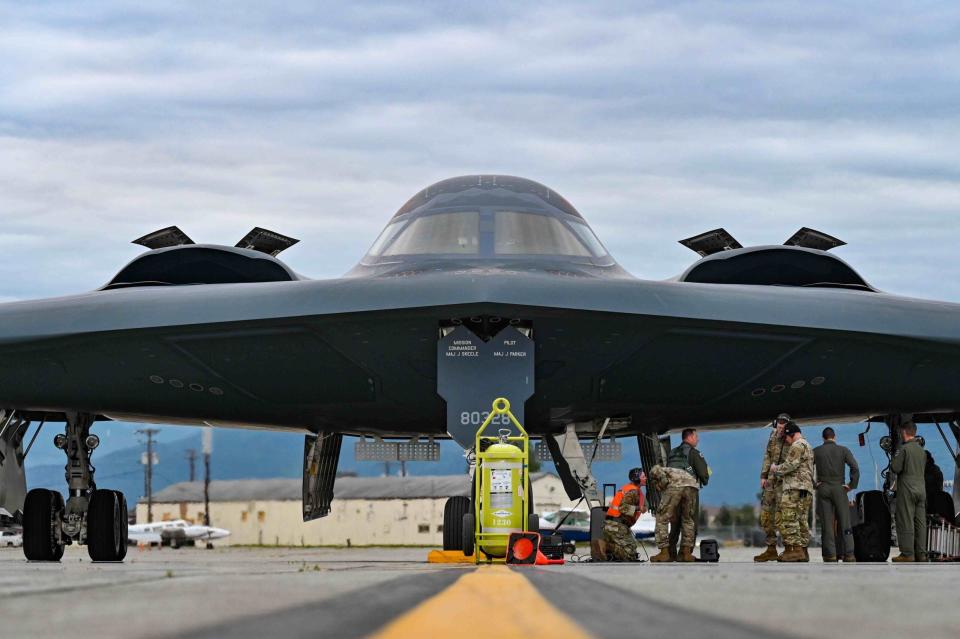
For the Air Force, shows of force in the Arctic — including missions involving B-2s near Iceland — are perceived as a crucial response to Russia’s increasing military presence in the region. New trade routes and natural resources have emerged due to receding Arctic ice, making it a hotbed for geopolitical competition in recent years. This latest mission also serves as a reminder that America's most capable bombers can access targets a hemisphere away from locales that are far less vulnerable to regional enemy attacks. This is especially important in the context of a potential war with China in the Pacific.
While the Air Force is committed to sending more of its resources to the High North, this remains true of the other U.S. military services as well. The Navy looks to increase its presence in the region in an attempt to counterbalance Russia's growing dominance there.
All in all, the B-2’s flight from Iceland to Alaska to execute a mock combat mission with a coalition underscores the bomber’s long reach from an increasing number of strategic locations.
Contact the author: oliver@thewarzone.com

